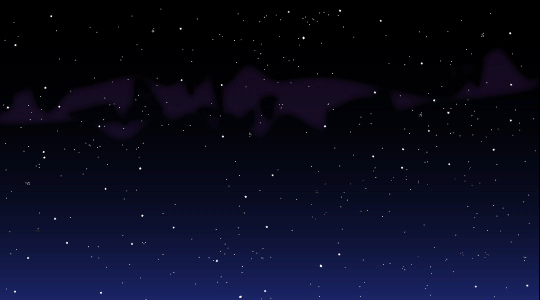
Look up tonight!
The Draconid meteor shower is very short. Instead of a month or even a couple of weeks, the Draconids are basically a one-night stand. Watch for them right after sunset in the northwestern sky, Oct. 7, 2024. (Though you might also catch them Oct. 8.)
Their radiation point is in the constellation Draco from stars Eltanin and Rastaban, known as the Dragon’s Eyes.
Typically, there will be about 10 meteors an hour, but occasionally dozens have been known to shoot out.
Find more information at EarthSky.
Then, watch overhead later in the month as the Orionids take over the sky, peaking with about 20 meteors an hour Oct. 20-21. Coming from 1P/Halley, these are way better known than the Draconids. They are actually overhead now and go to mid-November but peak about the fourth week of October.
Unlike the early in the evening Draconids, these Halley meteors appear late night (after midnight) and early, early morning. They are the second outpouring from Comet Halley. The first of that comet’s debris came in May and are known as the Eta Aquarids.
The Orionids are so called because the meteors seem to radiate from the constellation Orion. Also, unlike the Draconids’ moon phase, the Orionids will be competing with a moonlit sky.
Find more information at: Orionid meteor shower 2024: When, where & how to see it | Space and Orionids Meteor Shower 2024 (timeanddate.com)
